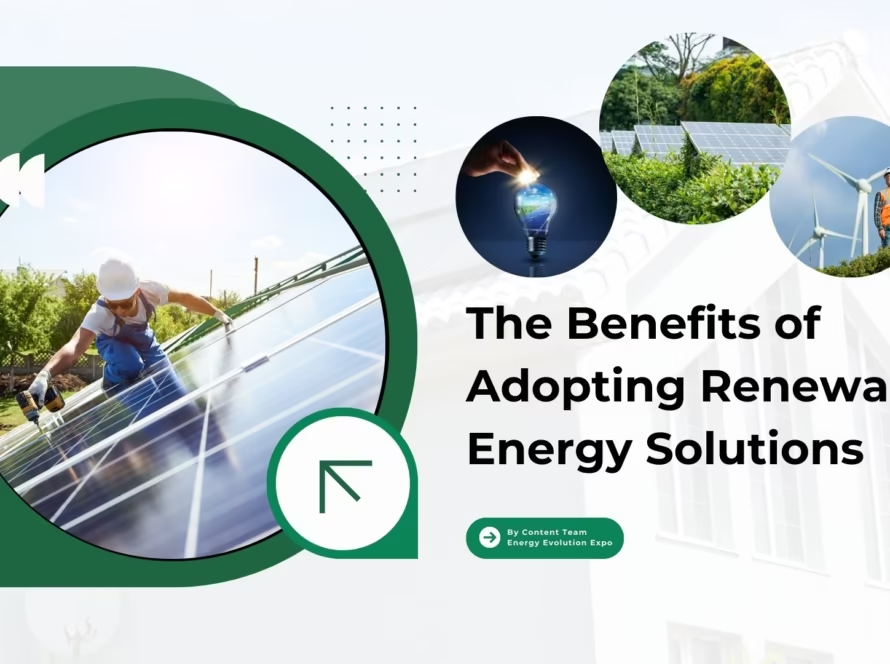The transition to clean energy is no longer a choice—it’s a necessity. Solar and wind power are leading this transformation, reshaping how we generate electricity, cut carbon emissions, and build a sustainable future. Around the world, countries are adopting these technologies at record pace, with India standing out as a strong example of how innovation and policy can accelerate renewable energy growth.
In this blog, we’ll explore the breakthroughs powering solar and wind energy, with a special focus on India’s renewable journey.
Understanding Renewable Energy Technologies
A simple example of renewable energy in action is the solar cooker, once used in Indian homes to prepare basic meals. From such humble beginnings, renewable technologies have advanced remarkably.
Solar panels convert sunlight into electricity.
Wind turbines capture the power of moving air.
Biomass and geothermal systems use natural processes of the earth to create power.
The beauty of renewable energy lies in its clean, sustainable, and limitless nature—making it the future of global energy.
Why Solar and Wind Lead the Renewable Revolution
The UN has set ambitious global sustainability goals, including a halt to new coal power plants after 2021, $35 billion in annual investments for electricity access by 2025, and the creation of 30 million renewable energy jobs within the same timeframe. Aligned with these targets, the Paris Agreement emphasizes deep decarbonization as a critical pathway to limiting global warming.
Meeting such ambitious goals requires energy sources that are abundant, scalable, and clean—and sunlight and wind naturally stand out. Found almost everywhere, from rural rooftops to offshore seas, they are becoming the backbone of the global clean energy transition.
What makes solar and wind exceptional is their scalability from small panels to massive wind farms, their abundance as a virtually limitless natural supply, and their low environmental impact compared to fossil fuels. Paired with modern innovations, they are transforming into unstoppable forces driving a cleaner, more sustainable future.
Game-Changing Innovations in Solar Power
Solar power has shed its old image of bulky, inefficient panels. Today, it’s sleek, cost-effective, and powerful. Some of the most impactful innovations include:
1. Solar Panel Efficiency
New Materials: Perovskite solar cells are cheaper to produce and deliver higher efficiency.
Higher Conversion Rates: Modern panels capture more sunlight and convert it into usable electricity.
Lower Costs: Efficiency improvements have made solar power more affordable for both homes and businesses.
2. Thin-Film Solar Cells
Lightweight, flexible panels that can be used on rooftops, vehicles, and even portable devices.
3. Concentrated Solar Power (CSP)
Mirrors and lenses focus sunlight onto high-efficiency receivers, enabling large-scale power generation in regions with strong, consistent sunshine.
4. Energy Storage
Modern batteries allow solar power to be stored and used even when the sun isn’t shining. This transforms solar energy into a reliable 24/7 power source.
The Evolution of Wind Power Technologies
Wind energy has seen equally exciting advancements:
1. Advanced Turbine Design
Stronger, more durable turbines that generate more power even at low wind speeds.
2. Offshore Wind Farms
Massive turbines built at sea harness stronger, more consistent winds. Floating turbines now make deeper waters usable.
3. Durability & Efficiency
New designs reduce wear and tear, pushing efficiency to new levels.
Hybrid Power: The Perfect Partnership of Sun and Wind
Why rely on one when we can combine both? Hybrid systems integrate solar and wind, (one of the many types of renewable energy) creating a consistent, reliable, and cost-effective energy supply.
By combining both, hybrid systems can produce energy even when one source isn’t available, making energy more consistent and reliable. These systems also reduce the need for expensive backup power, stabilizing the grid.
Challenges on the Path to Renewable Growth
Despite progress, some challenges remain:
Intermittency: Energy depends on weather, making storage critical.
High Initial Costs: Though falling, setup costs can still be high.
Infrastructure & Regulations: Upgrading grids and policies takes time.
Encouragingly, rapid technological advances and stronger policy support are steadily addressing these challenges, making renewable energy more reliable and accessible every year.
India’s Renewable Energy Leap: Solar and Wind in Focus
India has emerged as a global leader in renewable energy. From just 9.01 GW in March 2016, installed capacity has grown more than tenfold in less than a decade.
Key drivers include:
PM Surya Ghar Muft Bijli Yojna
National Green Hydrogen Mission
India’s vast sunny states and long coastlines give it a natural advantage. The country is reducing fossil fuel dependence, cutting pollution, and creating thousands of green jobs—cementing its place as a clean energy powerhouse.
What’s Next for Solar and Wind Energy?
The clean energy transition is already accelerating with cutting-edge solutions that are moving from pilot projects to large-scale adoption:
Bifacial Solar Panels – capturing sunlight from both sides, increasing overall efficiency.
Advanced Wind Turbines – designed to harness energy even at lower wind speeds, making wind power more consistent.
AI-Powered Smart Grids – optimizing supply and demand in real time, ensuring grid stability and efficiency.
As these technologies continue to scale, solar and wind energy are becoming cheaper, smarter, and more reliable than ever before.
Energy Evolution Award & Conference 2026
The journey doesn’t stop here. Global platforms like the Energy Evolution Award & Conference 2026 will play a crucial role in recognizing and accelerating renewable energy breakthroughs. This event will bring together innovators, policymakers, and industry leaders to share solutions for building a net-zero, sustainable energy future.
For India and the world, it’s not just about adopting clean energy—it’s about shaping the next era of energy evolution.
Conclusion
Solar and wind aren’t just power sources—they’re the foundation of a greener tomorrow. With innovations, hybrid systems, and supportive policies, these technologies are powering the global shift toward sustainability. India is a strong example of how rapidly renewable energy can scale, but the larger story is worldwide: solar and wind are shaping a cleaner, more resilient future for all.



